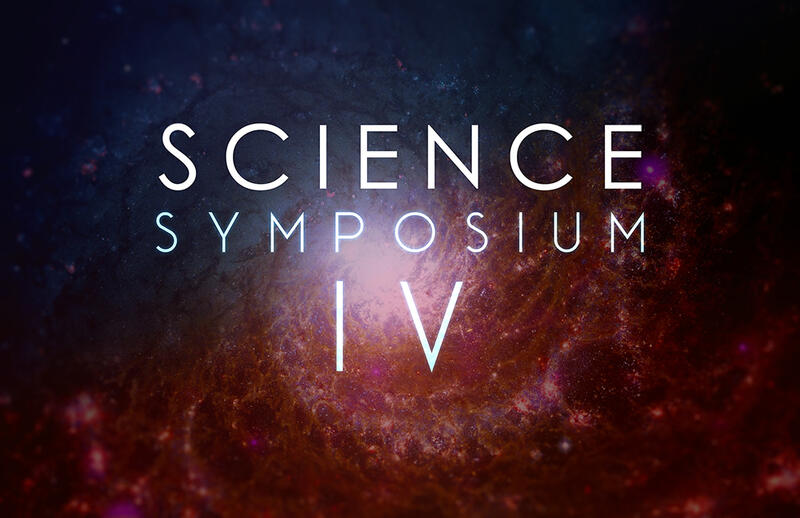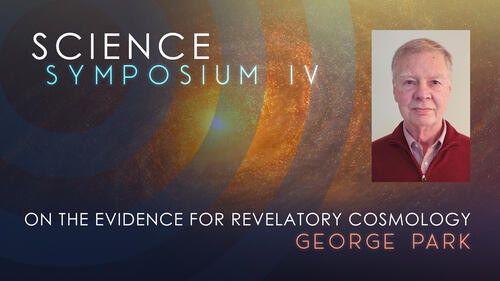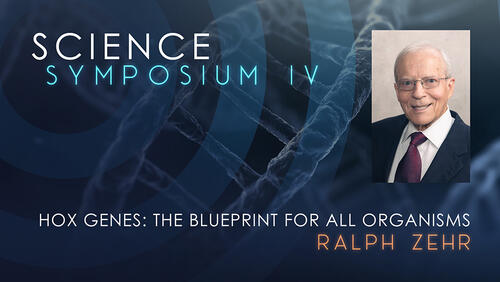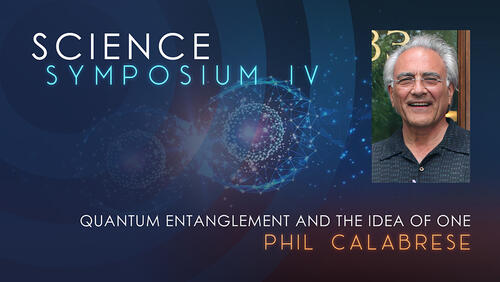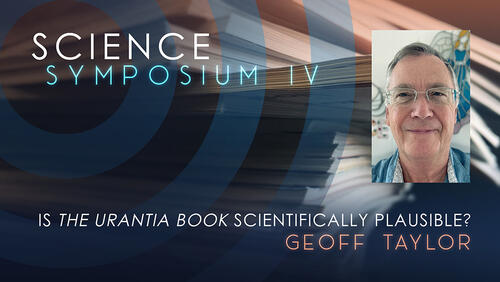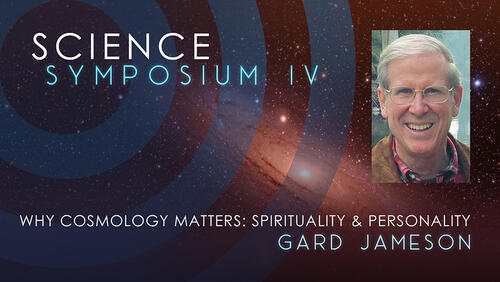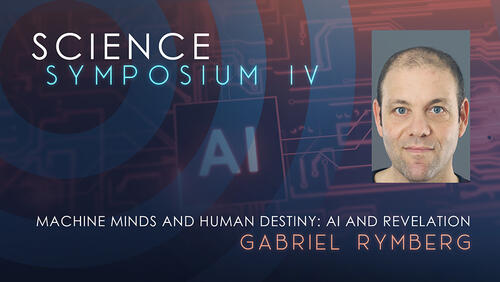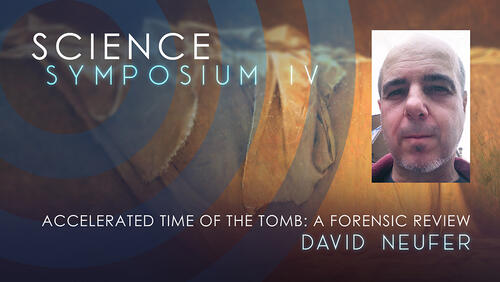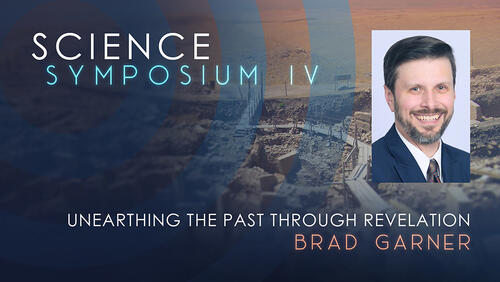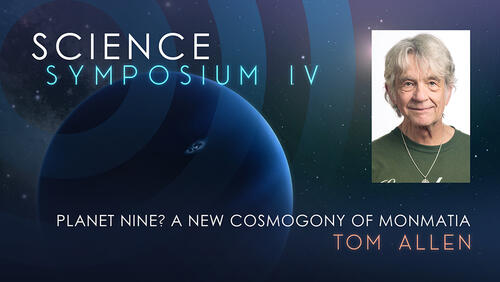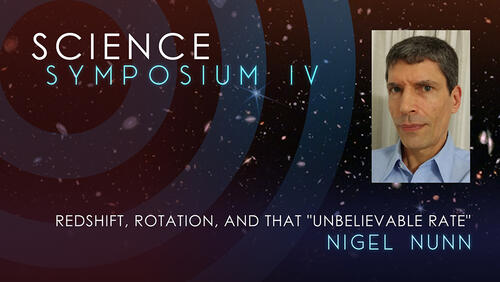Urantia Foundation Education Committee Presents
“The Evolution of Human Knowledge—100 Years Later”
A Zoom Webinar
on
Thursday, November 6–Friday, November 7, 2025
The first 25 years of the twentieth century were full of exciting evolutionary advancements which transformed the scientific landscape and altered the course of human life. These included Max Planck's discovery of the quantum nature of energy, Albert Einstein's groundbreaking special theory of relativity, the first powered airplane flight by the Wright brothers, the invention of radio communication by Marconi, the pioneering of intelligence testing by Alfred Binet, and the accidental discovery of penicillin by Alexander Fleming.
We also began receiving the Urantia Papers.
Have scientific discoveries conflicted with revealed concepts? Or do they confirm and reinforce them?
Join emcee Marjorie Ray to find out! Each presentation will be followed by an interactive panel discussion.
Click here to view the presentations
Thursday, November 6
All times are listed as Central Standard Time
10:00 to 11:30 AM
The Urantia Book describes an orderly universe revolving around Paradise, the dwelling place of God. This is unlike the chaotic universe of Big Bang cosmology, which has been the worldview for a hundred years. However, astronomical evidence has lately emerged that confirms revelatory cosmology and refutes the expanding universe model of cosmology. Two concentrically arranged space levels, containing many thousands of galaxies, can now be observed, along with indirect evidence of Paradise.
11:45 AM to 1:15 PM
HOX genes are a class of master regulatory genes that govern the fundamental body plan of all organisms. By controlling large suites of other genes, they act as a body's blueprint, specifying placement and orientation of body segments such as limbs. These genes appeared early in evolutionary history, initially only partially expressed, and were passed down through subsequent generations. This presentation will explore their profound evolutionary implications.
1:45 to 3:15 PM
This presentation offers a statistical refutation of the hypothesis of human authorship, drawing attention to the revelator’s own description of The Urantia Book cosmology as “not inspired” yet “immensely valuable.” It critiques errors in contemporary scientific cosmology, including the Big Bang model dating the universe at only 13.8 billion years and the lack of a fixed cosmic center. The talk further explores quantum entanglement and instantaneous gravitational attraction, framing them as evidence of the cosmos as a division of the one self-aware whole rather than an aggregate of separated parts.
3:30 to 5:00 PM
How plausible are the scientific assertions made by the revelators? This presentation will begin with an examination of 30 scientific assertions that were made before publication and are now looking more credible. Next we will look at 40 physiological associations between statements in the book and quantum physics. Might these associations and assertions entice a skeptical scientist to have a deeper look at The Urantia Book?
5:15 to 6:45 PM
Why do cosmology and deep spiritual awareness matter for personal growth? This talk explores how our inner lives and the scientific understanding of the cosmos are converging, revealing that the universe is more "a great thought than a machine." It suggests that by embracing the journey of both spiritual and scientific discovery, we can find a profound sense of hope and purpose. By exploring the "laboratory of our own personality," we can awaken to a friendly and evolving universe.
Friday, November 7
All times are listed as Central Standard Time
10:00 to 11:30 AM
Can mechanical mind enhance spiritual understanding? This presentation documents a three-year experiment using AI to study The Urantia Book, demonstrating how artificial intelligence—while lacking consciousness or spiritual capacity—becomes a powerful "cognitive telescope" for discovering patterns within revelation. Through live demonstrations and case studies, including AI-assisted development of educational content, the presentation reveals practical methodologies for leveraging mechanical mind to amplify human spiritual perception while maintaining clear boundaries between computational processing and divine consciousness.
11:45 AM to 1:15 PM
What happened to Jesus's physical body? This forensic investigation treats The Urantia Book as an evidentiary database to resolve the empty tomb mystery. Using revealed details about ultimatons and Master Physical Controllers, the analysis reconstructs how celestial beings compressed billions of years of natural decomposition into moments through localized antigravity fields. This study proposes that the Shroud of Turin represents deliberate electromagnetic documentation of this unprecedented temporal engineering event.
1:45 to 3:15 PM
Compared to modern archaeology, the revelators paint a strikingly different history of humanity over the last million years. Humans struggle upward, yes, but God and his delegated agencies also reach downward to minister and uplift. Evidence of this downreach should be discoverable in the archaeological record, if one knows to look for it. This talk reviews archaeology today, notes some of its problems, suggests better initial archaeological assumptions, and examines data from two archaeological sites—one well known and one more obscure—in light of The Urantia Book.
3:30 to 5:00 PM
The fact that many Kuiper Belt objects within the gravity influence of Neptune exhibit anomalous elliptical orbits has led astrophysicists to speculate that a “Planet Nine” is responsible for the extreme orbits. The newly operating Vera C. Rubin Observatory is poised to possibly find Planet Nine—a discovery that would radically transform the cosmogony of Monmatia. This presentation will explore this new cosmogony, incorporating the latest and emerging scientific insights, and comparing them with epochal revelation to propose a revised framework for the solar system.
5:15 to 6:45 PM
Within our local region of space (a few hundred million light years), astronomers have a number of techniques for measuring distance and for proving that this local bubble of space is expanding. However, as we probe deeper into space, native cosmology increasingly depends not on actual measurements of distance, but on assumptions about redshift.
Regarding the phenomenon of redshift, The Urantia Book makes an extraordinary claim: that the enormous redshifts our telescopes reveal are due not to a runaway expansion, but to a number of causes, the greatest of which is rotation.
By combining a system of rotations with an expansion and contraction of all space, these papers provide a fresh explanation for the pattern of redshifts we observe. And in the same way that Kepler’s simple insight changed our model for the solar system, these fresh ideas about redshift imply a remarkable new model for cosmology.
